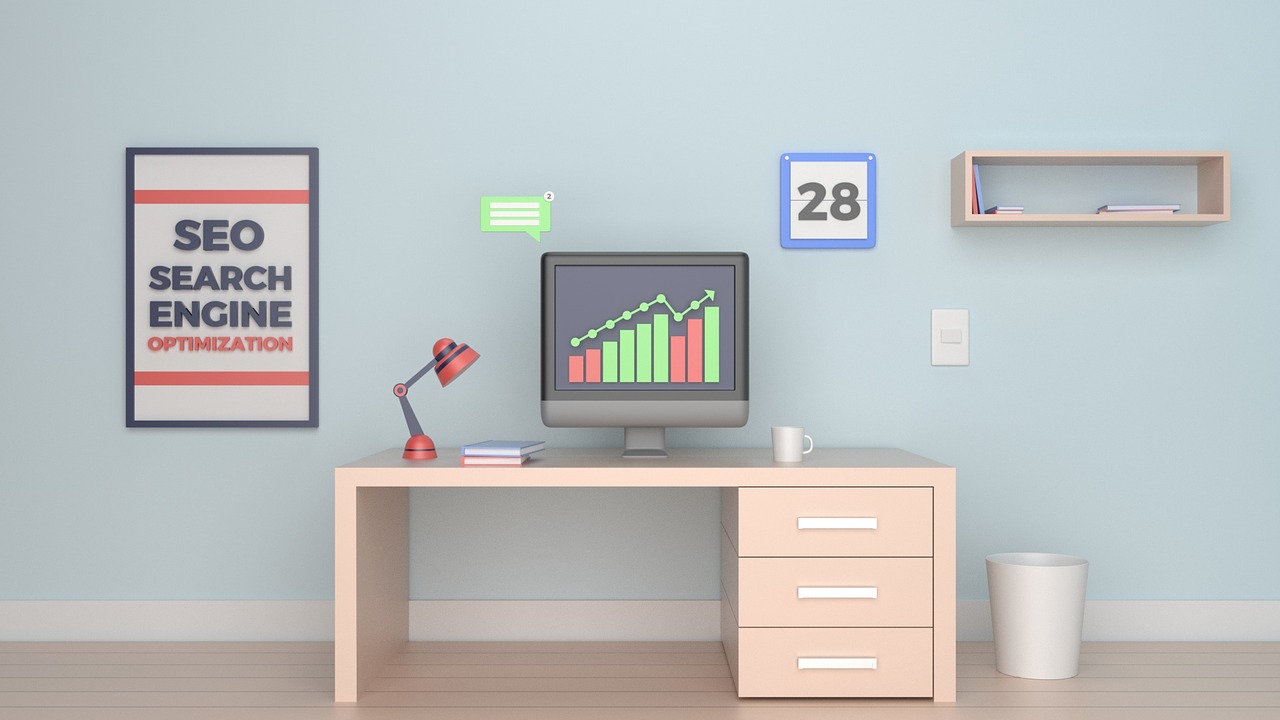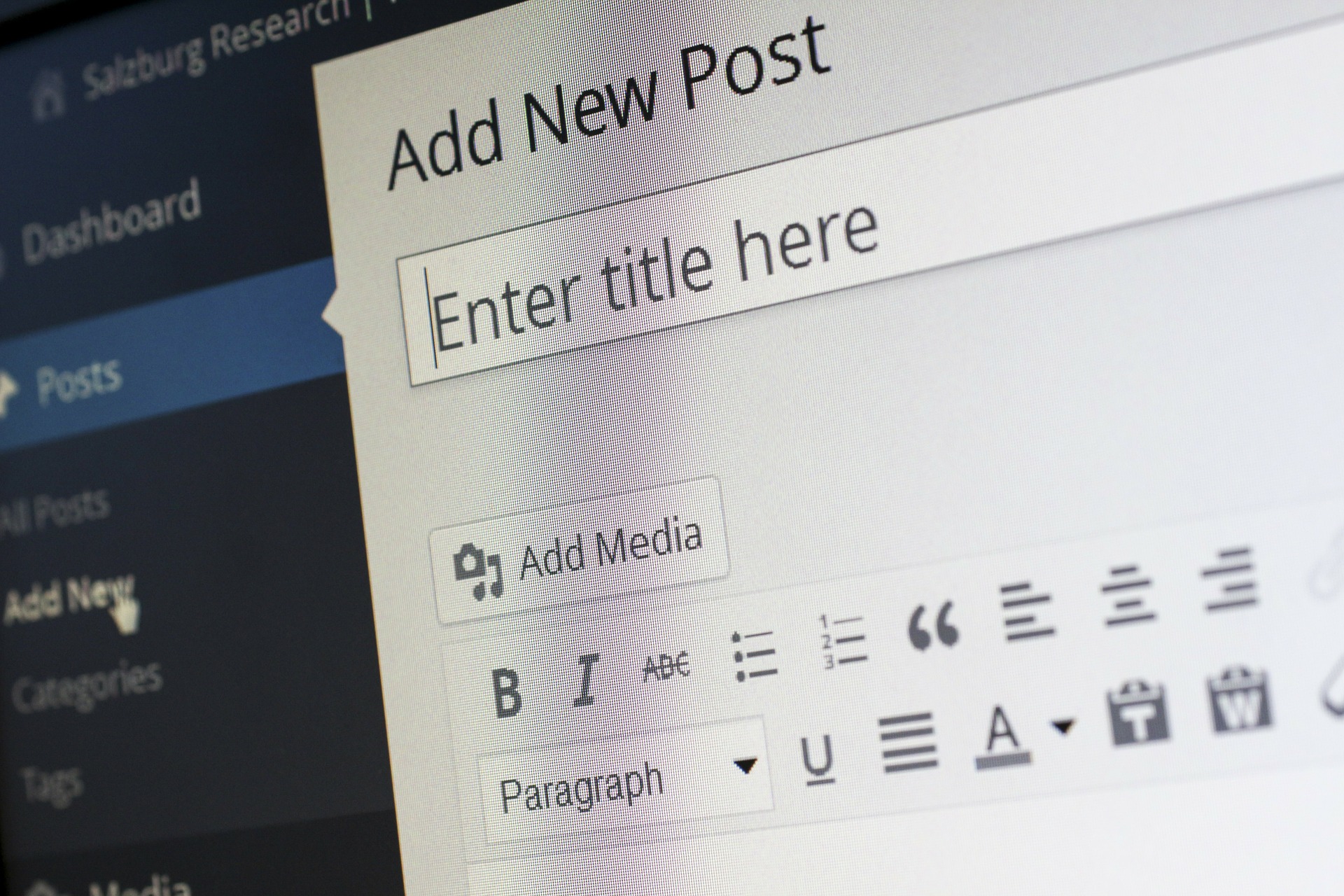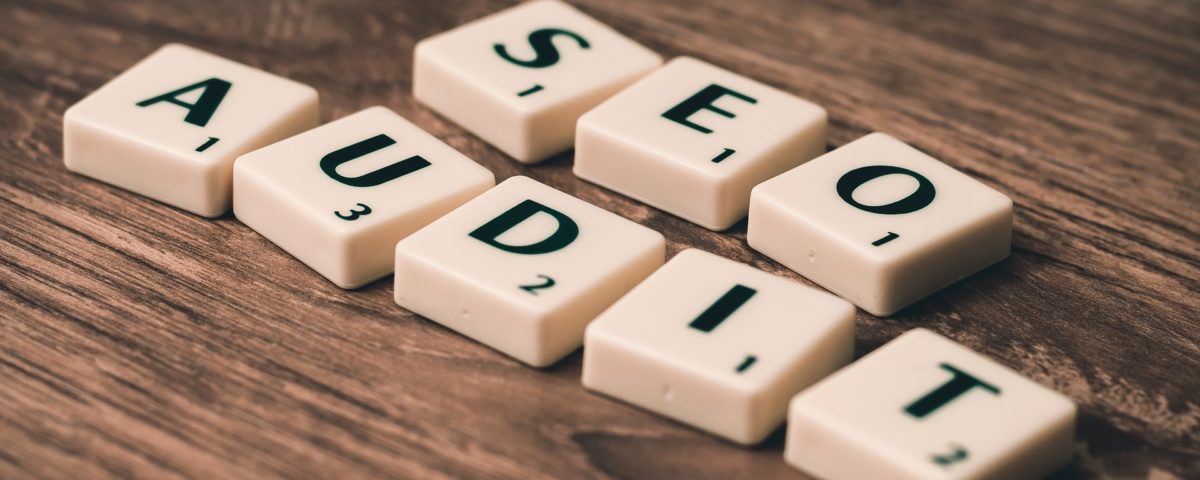
SEO Maintenance Guide for Small Businesses Part 2
May 31, 2019
Tips for Developing Your Content Strategy for the Next 6 Months
June 30, 2019In 2018, Lighthouse 3.0 was launched. This was the evolved version of the tool released in 2016. What makes this version different and interesting for SEO experts is the inclusion of SEO audit.
Even before this new feature, some of the metrics in the other four areas already provided data useful to SEO, e.g. accessibility for mobile devices and performance in terms of loading speed both affect SEO. This is why it is highly recommended for website owners to check the other areas, aside from the SEO part, to gather more information about their site.
What’s in the Lighthouse SEO Auditing Category?
The Lighthouse SEO tool has a very limited scope. It audits only 11 basic SEO traits:
- Availability of meta description
- Presence of title element
- Documents have valid hreflang
- Documents with valid rel=canonical
- Usage of legible font size
- Usage of plugins
- Links with descriptive text
- Pages have unsuccessful HTTP status code
- Pages blocked from indexing
- Robots.txt is not valid
- Tap targets are not sized properly
The most recent addition to these traits is the tap target spacing which came with the March 2019 update. Many find this trait interesting and very useful because users now mainly rely on tablets to browse.
What are tap targets? They are the interactive elements of your site like links or buttons that visitors need to tap on. Since most people are now using their tablets or mobile devices to do online searches, it’s important that the tap targets in your site are measured accordingly. How big should the tap target be? A tap target which is 48 pixels tall x 48 pixels wide will certainly pass the audit. Aside from the size of the tap target, there should also be at least 8 pixels of space to the next tap target.
When you conduct your audit, the report will specifically indicate tap targets which are causing your score to go down. It will also indicate the current size of these tap targets as well as targets that are too close to one another. These are called “overlapping” targets. From these reports, you can adjust your tap targets in terms of size and distance from one another to improve your audit score.
Will Lighthouse’s SEO Audit Help Your Website?
Truth be told, other third-party tools can provide a more in-depth look on how your site is doing SEO-wise. Moreover, it is still best to consult SEO experts rather than rely on these tools, especially if your knowledge on website optimisation is not extensive.
However, it is important that you do not dismiss Lighthouse’s SEO audit report since it can give you valuable insights on how your website can perform better on Google searches. Furthermore, it can help you improve your website’s overall performance. For example, taking the information provided on the tap target spacing audit can help you provide a better user experience for your visitors.
At the moment, the best approach is to take things with a grain of salt, especially since the inclusion of some metrics in the audit is questionable. Take the case of having a legible font size. This was never announced as an SEO ranking factor, yet it is part of the audit. Font legibility should be a user optimisation metric and not an SEO metric. Due to its inclusion, some are surmising that having legible font sizes may be a ranking factor, particularly for mobile devices.
Similarly, meta description was also included in the list. However, no statement was ever released saying that this is used in ranking websites. What is clear though is that meta description is valuable for Google. In fact, the search engine giant has repeatedly encouraged website owners to put unique meta descriptions. Moreover, there are reports claiming that websites ranking changed when meta descriptions were edited. So, what does this mean? Given the importance that Google places on meta descriptions and now, with its inclusion in the Lighthouse’s SEO audit tool, it is possible that meta description has an effect on a site’s ranking.
What is clear so far is that the Lighthouse SEO audit tool is providing noteworthy information not just about what you can do to your website but also the search engine giant’s algorithm. Some SEO experts believe that the metrics used in this plugin may be playing a role in search engine results. Hence, it wouldn’t hurt if you make your fonts more legible and create one-of-a-kind meta descriptions.
Simply put, take in all the information, but do not base your SEO strategy solely on these recommendations. After all, in terms of SEO performance, it’s still not determined if having a high score on this audit will translate to a better ranking on Google search results pages. What you can do now is to use Lighthouse’s audit report as a guide but still rely on experienced SEO professionals when it comes to improving your website’s performance and ranking on SERPs.
Need an SEO audit for your website? Let our trusted SEO experts help you! Call us now at 019609023.
—
Image by William Iven from Pixabay




